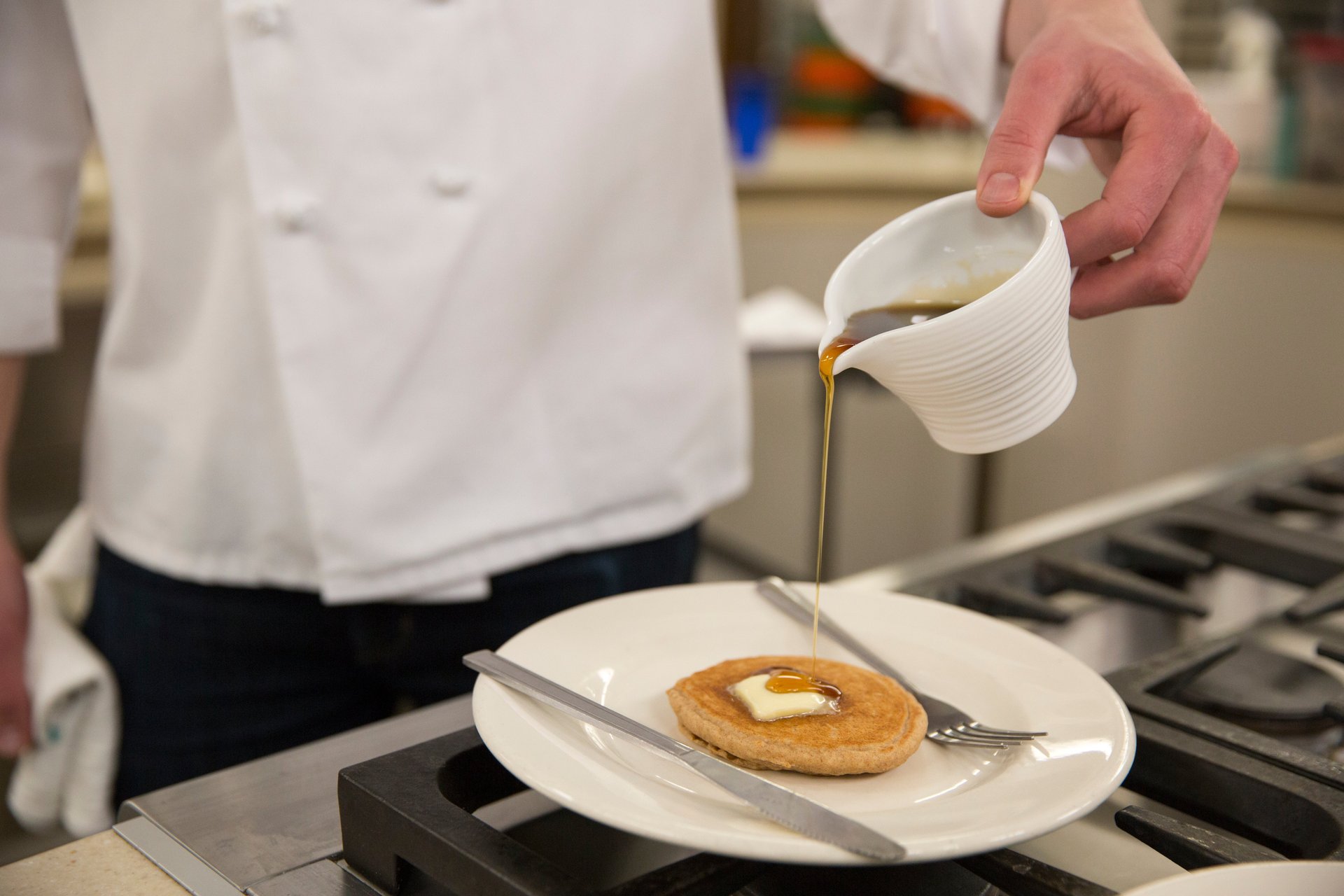Why does Québec have a strategic reserve of maple syrup?
Global pancake enthusiasts are breathing a sigh of relief. Maple syrup is unlikely to become scarce, despite poor weather conditions for the year’s harvest. That’s because Québec’s strategic reserve announced it would release about 50 million pounds of syrup into the market to make up for the shortfall.


Global pancake enthusiasts are breathing a sigh of relief. Maple syrup is unlikely to become scarce, despite poor weather conditions for the year’s harvest. That’s because Québec’s strategic reserve announced it would release about 50 million pounds of syrup into the market to make up for the shortfall.
The origins of the Québec Maple Syrup Producers’ (QMPS) additional supply, the world’s only strategic reserve of maple syrup, go back to 1966. That year, the QMSP came into being under the country’s Professional Syndicates Act, which allowed trade unions to form. The union helped to professionalize the business of tapping maple trees for their sugary sap.
In 2019 a barrel of maple syrup was worth almost CA$1,900, according to Capx: 20 times the value of a barrel of crude oil.
Maple syrup’s trade union links
Prior to the creation of the collective, “it was once unthinkable to make a living as a maple producer,” according to the QMPS’s site. Now it represents 11,300 producers, who together accounted for 73% of the world’s maple syrup in 2020. (The US produced 21% and the rest of Canada the remainder. )
The Global Strategic Maple Syrup Reserve was set up by the QMSP in 2000. It’s part of a system that also manages production by issuing licenses, for example for syrup start-ups that want to begin adding taps to, or cultivating, a new plantation of maple trees (known as a sugar bush.) If supplies fall, as they did in 2021 because of a short, warm spring, the Reserve might issue more syrup to the global market. If there’s a potential glut, it might offer buyers incentives to mop up the excess.
As such, the group operates as a form of cartel. It compares to OPEC, the organization of oil producing nations who have a hand in setting oil prices. Many point out the problems with forcing all producers to sell their syrup—apart from a small amount of consumer sales—to the central body.
The global market might be smaller than oil’s, but it’s still sizable. Canada exported about 135 million pounds of maple syrup in 2020, worth more than CA$515 million ($400 million), according to the QMSP. The US is by far the biggest importer of the syrup, followed by Germany, and then Japan.